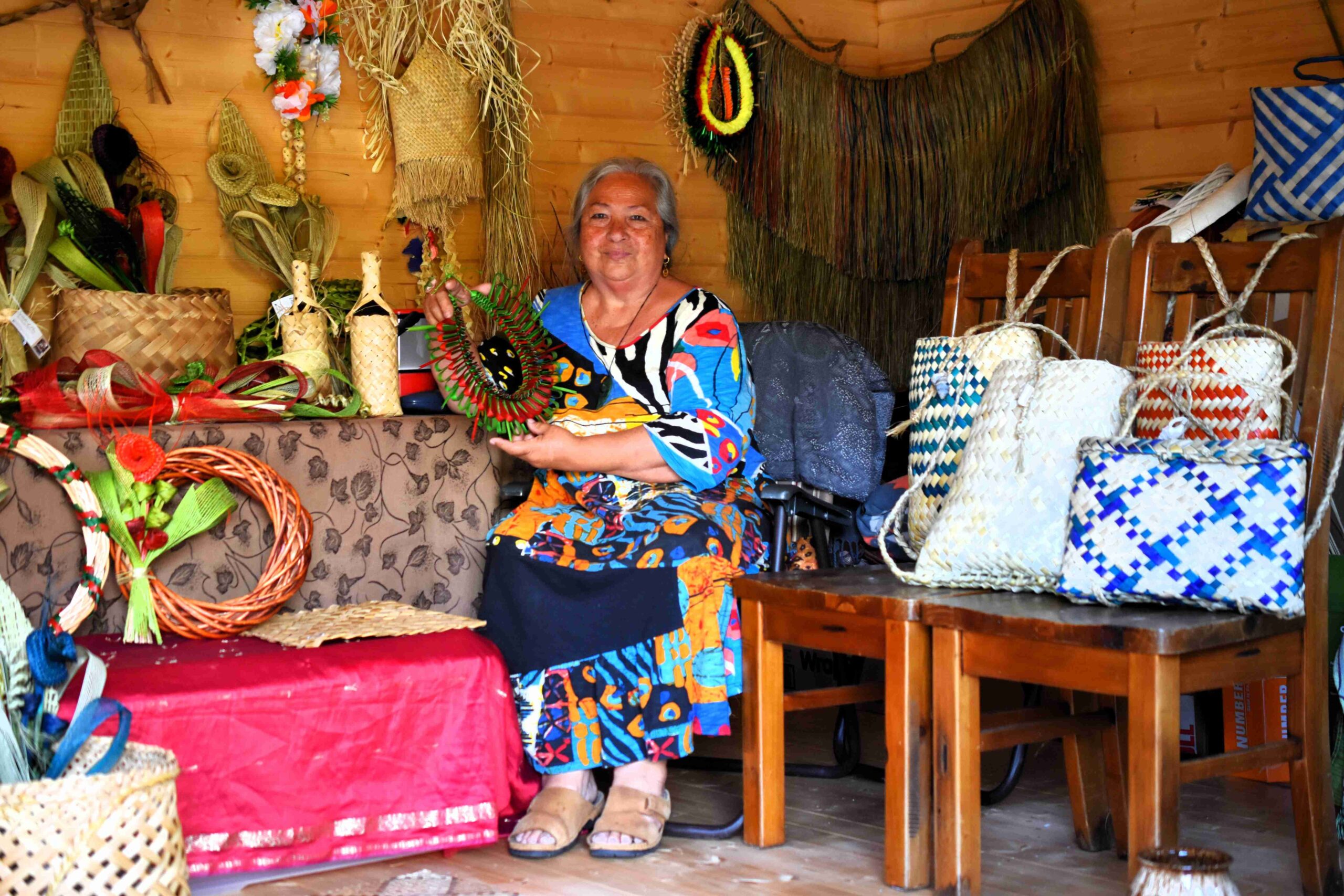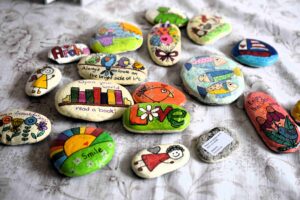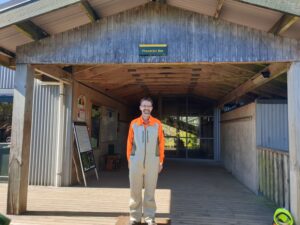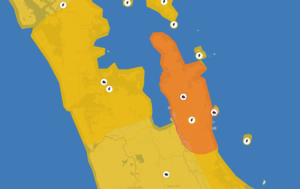The title ‘master crafter’ doesn’t sit well with Thames weaver Louisa Humphry. For her and weaving partner Kaetaeta Watson, both originally from Kiribati, the joy of their craft is not in recognition, but rather in the learning and passing on of techniques and traditions to others.
Nevertheless, in November the pair were jointly awarded the title of Craft Master by the Asia-Pacific branch of the World Crafts Council, in recognition of their dedication to the traditional Kiribati practice of weaving.
Criteria for the award included an extraordinary contribution to their field, sustainable practices, international recognition, continuous learning, and international collaboration, leading to the passing on of knowledge and intangible cultural heritage that otherwise might be lost.
That the award was given jointly was a testament to the collaborative nature of their craft, Louisa said; being able to bounce ideas off each other and work to the other’s strengths has been a major part of their success.
“War armour [w]as one of the major reconstructions that we had done together,” Louisa said.
“All around the world is war armour in museums, that belonged to Kiribati… but there’s none in the islands and the makers are all gone.
“We had to kind of teach ourselves from some of the photos of what’s in the museums.”

Louisa has always been passionate about sharing her heritage.
“I think it’s very important that you know your roots,” she said.
“We see our young ones that are losing their language and culture, and I think it’s very sad. It’s all very well being successful and getting on with the life we’ve created here but if you don’t know who you are it’s a sad thing, there’s nothing to pass on to the future generation.
“We have got quite a growing [Kiribati] population that are living in NZ now, and it’s nice to be a part of encouraging them to preserve their heritage art.”
Passing on Kiribati’s traditions is especially important nowadays, Louisa said, because of the devastating effects of climate change and pollution on the tiny nation’s low-lying islands.
“Our oceans are our lifeline in Kiribati, [but] at the moment it’s polluted, there’s rubbish, it’s overfished,” she said.
“So apart from the water rising, just the condition of our ocean is so deteriorated… That’s going to be our future really, trying to settle in some other parts of the world.”
Between exhibitions and working on their own art, the pair run workshops with schools and groups across the country. Along with the physical weaving of te tai (headgear), baskets, and mats, they also weave stories.
“We try to incorporate all kinds of other things, like telling them some of the stories from Kiribati, promoting the language,” Louisa said.
“As we do things we’re telling them about some of the taboos around doing things… Some of the norms of our culture.
“What we are trying to tell our young ones now is that we’re not getting any younger – what we are trying to pass on to them, it’s very important that they take it on because they will be the ones to carry it [forward].”
Despite the pair’s skill and expertise, it’s their emphasis on collaboration that Louisa would prefer to emphasise.
“In no way are we master crafters, master weavers,” she said.
“There are some very very talented weavers and crafters around, but they’ve got that mentality of not sharing. So part of our job is to actually say, if you don’t share it, it’s going to get lost… We’re not going to be here all the time and our young ones will be deprived because we’re keeping this knowledge to take to our grave.”





